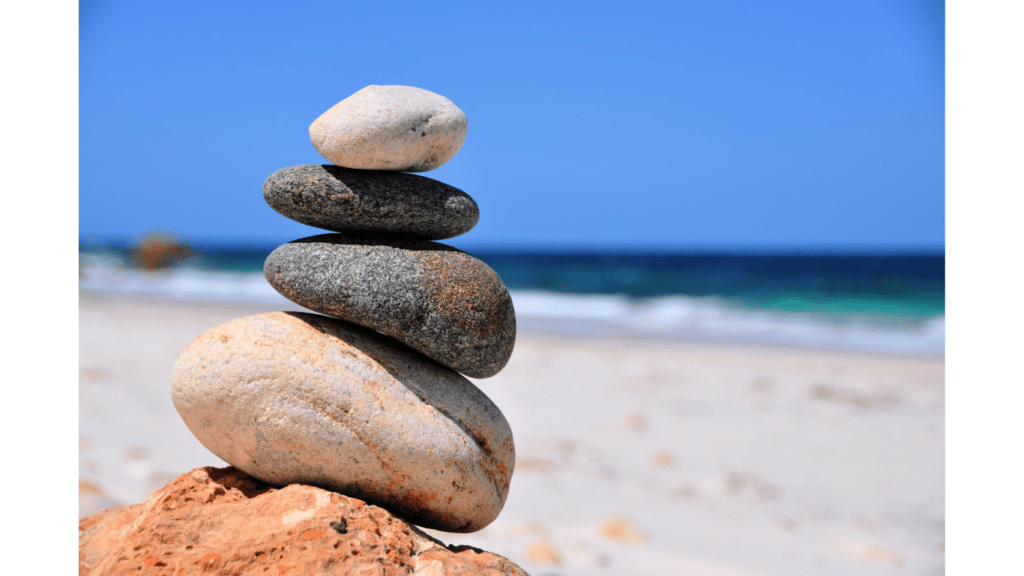Understanding Work-Life Balance
The Impact on Wellness
Balancing work and personal life is crucial for overall wellness. Working excessively without time for relaxation can lead to burnout and increased stress levels. Stress has been linked to various health issues, including heart disease, depression, and weakened immune system. By maintaining a healthy work-life balance, I prioritize my well-being, reducing stress and improving my mental and physical health.
Defining a Healthy Balance
A healthy work-life balance is about efficiently managing time for work, family, friends, and self-care. It involves setting boundaries, delegating tasks when necessary, and learning to say no to additional responsibilities that may overwhelm me. By defining clear priorities and goals both at work and in my personal life, I ensure that I allocate time appropriately to each aspect, fostering a sense of fulfillment and contentment in all areas of my life.
The Rise of Work-Life Imbalance
1. Societal Shifts and Job Demands
In my experience, societal changes and the evolving nature of job requirements have significantly contributed to the rise of work-life imbalance. With the increasing competitiveness in the job market and the demand for constant connectivity, individuals often find themselves struggling to maintain a healthy separation between work and personal life. The pressure to always be available, coupled with the fear of falling behind, can lead to longer working hours and neglect of personal time. This shift in expectations has made it challenging for many to achieve a sense of equilibrium.
2. The Role of Technology in Blurring Lines
From what I’ve observed, technology plays a pivotal role in blurring the lines between work and personal life. The ease of access to work-related emails, messages, and tasks through smartphones and laptops has created a culture where individuals feel the need to be constantly plugged in. This constant connectivity makes it harder to switch off from work mode, leading to an overlap between professional responsibilities and personal time. As a result, many individuals find themselves checking work emails late into the night or over the weekends, sacrificing precious moments of relaxation and rejuvenation.
Strategies for Achieving a Balancing Act
Setting Boundaries Between Work and Life
- Setting clear boundaries between work and personal life is crucial for achieving a healthy balance. Personally, I designate specific work hours and avoid work-related tasks outside those times. By turning off email notifications or creating designated workspaces, I can mentally switch between work mode and personal time effectively. It’s essential to communicate these boundaries to colleagues and supervisors to establish respect for personal time and reduce work intrusions outside designated hours.
Time Management Techniques
- Efficient time management is key to balancing work and personal commitments. I utilize tools like time-tracking apps and calendars to schedule tasks and allocate time for both work responsibilities and personal activities. By setting realistic deadlines and prioritizing tasks based on importance and urgency, I can maximize productivity and ensure I have time for relaxation and leisure. Effective time management allows me to focus on tasks at hand without feeling overwhelmed by competing demands.
The Power of Prioritization
- Prioritization is a valuable skill in maintaining a work-life balance. Personally, I categorize tasks based on their significance and impact on my goals. By focusing on high-priority tasks first, I ensure that essential work requirements are met without sacrificing personal time. I also practice delegating tasks when necessary to reduce workload and prevent burnout. Prioritization enables me to manage my workload efficiently and dedicate time to activities that promote my well-being and overall satisfaction.
The Employer’s Role in Work-Life Balance

- As an employer, I play a crucial role in fostering work-life balance among my employees. By implementing flexible work arrangements and cultivating a supportive workplace culture, I can create an environment that promotes well-being and productivity.
Implementing Flexible Work Arrangements
- One way I can support work-life balance is by offering flexible work arrangements to my employees. This can include options such as telecommuting, flexible hours, or compressed workweeks. By allowing employees to have more control over their schedules, I can help them better manage their work responsibilities alongside personal commitments. Flexible work arrangements can reduce stress, improve job satisfaction, and increase employee retention.
Cultivating a Supportive Workplace Culture
- Creating a supportive workplace culture is essential for promoting work-life balance. I can achieve this by encouraging open communication, showing empathy towards employees’ personal needs, and promoting work-life balance initiatives. By fostering a culture that values well-being and respects individuals’ boundaries, I can create a positive work environment where employees feel motivated, engaged, and supported in balancing their work and personal lives.
Personal Stories and Successes
1. Case Studies: Learning From Others
Reflecting on personal stories can be enlightening when it comes to understanding the impact of work-life balance on overall well-being. Hearing about real-life experiences can offer valuable insights into the challenges individuals face and the strategies they employ to maintain a healthy balance between work and personal life.
In my own experiences, I’ve encountered individuals who have successfully navigated the demands of work while prioritizing their well-being. One notable case is a colleague who implemented a daily mindfulness practice during work hours to manage stress effectively. By dedicating short periods to mindfulness exercises, they were able to improve focus and reduce anxiety, ultimately enhancing their productivity and overall job satisfaction.
Similarly, I’ve come across stories of individuals who have set clear boundaries between work and personal life, ensuring that they dedicate specific time slots to family, hobbies, and relaxation. By establishing these boundaries and sticking to them, they were able to prevent burnout, maintain high levels of motivation, and enjoy a fulfilling personal life outside of work commitments.
2. Interviews: Insights from Wellness Experts
Engaging with wellness experts through interviews can provide a wealth of knowledge and actionable tips for achieving a harmonious work-life balance. These experts offer valuable perspectives on the importance of prioritizing well-being and share practical strategies for integrating self-care practices into daily routines.
In my conversations with wellness professionals, I’ve learned about the significance of maintaining a support system both at work and in personal life. By fostering positive relationships with colleagues, friends, and family members, individuals can strengthen their emotional well-being and create a network of support during challenging times. Wellness experts often emphasize the role of open communication in expressing one’s needs and ensuring that boundaries are respected to prevent work-life conflicts.
Furthermore, interviews with experts have underscored the benefits of incorporating physical activity and healthy habits into daily routines to promote overall wellness. By engaging in regular exercise, mindfulness practices, and proper nutrition, individuals can boost their energy levels, reduce stress, and enhance their resilience in managing work demands while nurturing their personal well-being.
Personal stories and insights from wellness experts serve as valuable resources for individuals seeking to improve their work-life balance and enhance their overall wellness. By learning from the experiences of others and implementing expert advice, individuals can cultivate a healthier lifestyle that supports both professional success and personal fulfillment.
Tools and Resources to Assist in the Balancing Act
Apps and Platforms for Managing Time
In my experience, utilizing apps and platforms can be game-changers in maintaining a healthy work-life balance. These tools not only help me stay organized and focused but also ensure that I allocate my time effectively. One such tool that I swear by is Trello. It’s perfect for creating to-do lists, setting deadlines, and collaborating with colleagues, all in one place. With Trello, I can visualize my tasks and prioritize them based on urgency, making it easier to balance my work and personal commitments seamlessly.
Wellness Programs and Initiatives
When it comes to enhancing my well-being while juggling work and life demands, wellness programs and initiatives have been instrumental. These programs, offered by many companies, focus on promoting a healthy lifestyle, reducing stress, and fostering a supportive work environment. I’ve personally benefited from participating in yoga sessions organized by my employer, which not only helps me relax and unwind but also boosts my productivity. Additionally, mindfulness workshops and fitness challenges have been great additions to our workplace wellness initiatives, encouraging me to take breaks, recharge, and focus on self-care amidst my busy schedule.


